The moon is one of the few cosmic spectacles we don’t need a telescope for. It hangs there, night after night, shaping our tides, moods, and calendars, quietly pulling at the strings of human history. But when the moon swells into her full brilliance, something shifts. The energy feels louder. People act differently. Psychics know this well: each full moon is more than a calendar date—it’s an amplifier, a cosmic mirror reflecting our hidden truths.
This isn’t just another list of moon names. You’ve probably seen those articles that say, “January is the Wolf Moon, February is the Snow Moon,” and stop there. Nice trivia, but not transformative. Let’s go further. Let’s explore the psychic meaning of each of the 12 full moons, the history behind them, and how you can work with their energy in ways that genuinely change your life.
Why the Moon Shapes Us More Than We Admit
Science tells us the moon’s gravitational pull controls tides. NASA has documented how it even affects Earth’s crust and rotation (NASA). Farmers used the moon for planting cycles. Modern researchers link lunar cycles to sleep patterns and mood fluctuations. So why wouldn’t it also touch our psychic energy?
Psychics see the full moon as a cosmic amplifier. Whatever energy you’re holding—joy, grief, confusion, love—the moon magnifies it like a spotlight on a stage. I call it a “lunar mirror.” It reflects what you’ve hidden inside, whether you’re ready to see it or not.
One client of mine came in for a reading on the night of a Full Snow Moon. She thought she wanted career advice, but the moonlight revealed something deeper: unprocessed grief from a breakup years ago. She cried, released it, and later told me she hadn’t realized how much that old pain was blocking her path. The moon didn’t cause the breakthrough—it simply illuminated it.
The History of Naming the Moons
Before smartphones and digital planners, humans looked up to mark time. Many of the moon names we use today originated from Native American tribes, Celtic traditions, and old European farming practices. The “Wolf Moon” in January reminded people of the howls echoing in winter nights. The “Strawberry Moon” in June marked the ripening of fruit.
But these weren’t just practical labels. They carried spiritual lessons. Naming the moons turned survival into story, marking human life as part of a larger rhythm. National Geographic has traced how different cultures tied lunar cycles to harvests, rituals, and ceremonies (National Geographic).
Psychics view those names as symbolic doorways. Each one speaks to the energetic theme of that month. They’re not dusty folklore—they’re living signals, waiting for us to work with them.
The Psychic Significance of the 12 Full Moons
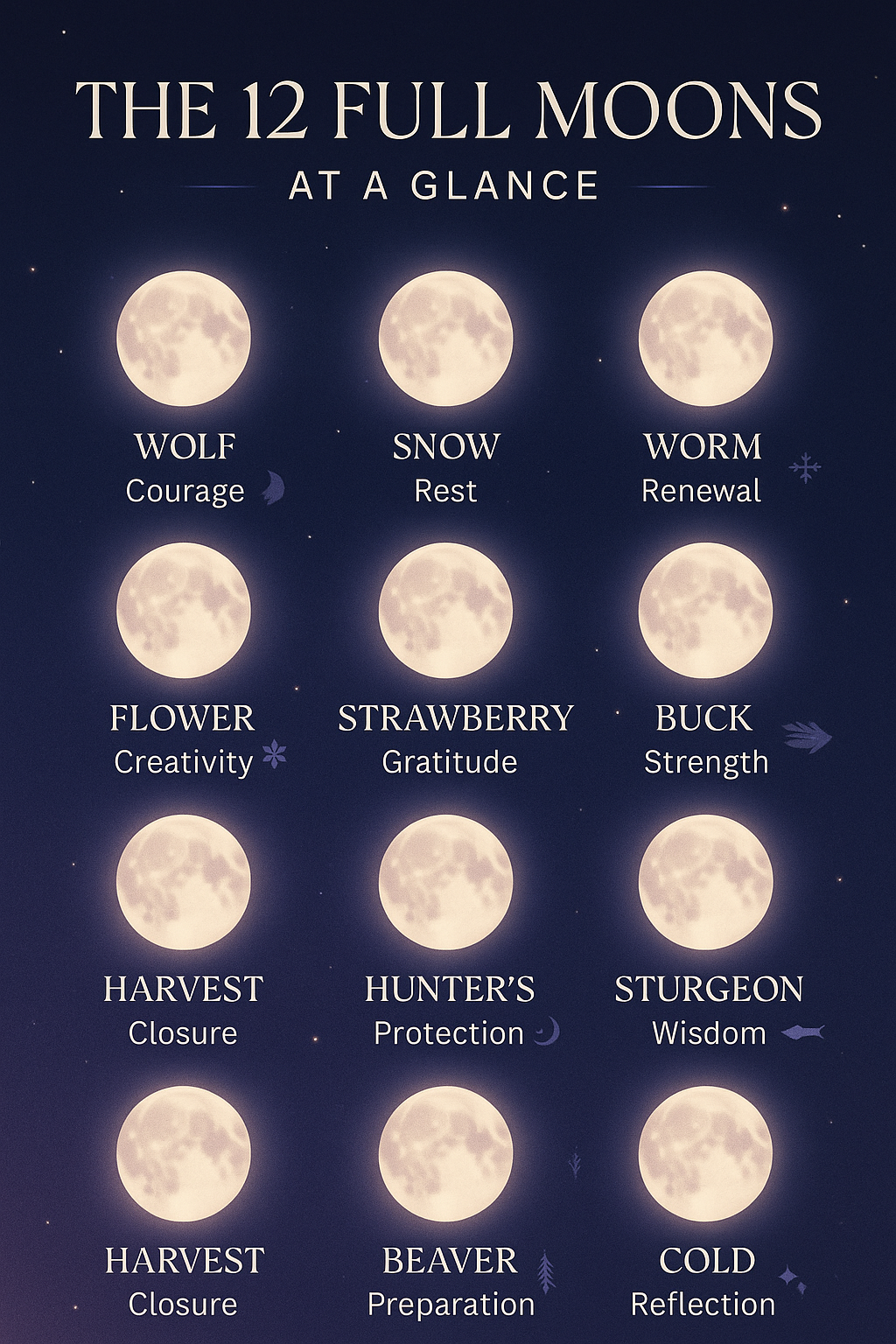
1. Wolf Moon (January)
Theme: Courage, primal instincts, finding your voice
Psychic meaning: Just as wolves howl to mark their territory, this moon asks you to claim your space. Psychically, it’s a time to confront fears.
Example: A PsychicOz client used a Wolf Moon reading to face her terror of starting a new business. The psychic saw her aura clouded with hesitation. With guided affirmations, she launched in spring—and later called it the best risk she ever took.
2. Snow Moon (February)
Theme: Rest, reflection, emotional hibernation
Psychic meaning: Nature slows down under snow; so should you. This moon urges psychic rest and dream analysis.
Practice: Keep a dream journal this month. Psychics say dreams under the Snow Moon often reveal messages from your subconscious.
3. Worm Moon (March)
Theme: Renewal, growth, breaking through
Psychic meaning: Worms rise from the thawing ground, reminding us to push through limitations. Psychically, it signals rebirth.
Example: One client confessed she was scared of leaving a stagnant relationship. Under the Worm Moon, her psychic reading showed her aura lightening as she chose herself. She later described it as “breaking ground on my own soul.”
4. Pink Moon (April)
Theme: Blooming, love, fresh starts
Psychic meaning: This isn’t literally pink—it’s named for wildflowers. Psychics see it as a time to open the heart.
Ritual: Write a love letter to yourself. Stand under the full Pink Moon and read it aloud. The moon amplifies self-acceptance.
5. Flower Moon (May)
Theme: Fertility, creativity, abundance
Psychic meaning: Fertility isn’t only about children. It’s about blooming projects, ideas, and passions.
Practice: Place a flower or plant on your altar. Ask your psychic to help align your aura with creative flow.
6. Strawberry Moon (June)
Theme: Sweetness, gratitude, community
Psychic meaning: A reminder to savor life. This is an excellent moon for manifesting love or reconciliation.
Example: A woman reconciled with her estranged sister after a Strawberry Moon ritual where she wrote gratitude notes. She later said it was like “biting into the sweetest fruit.”
7. Buck Moon (July)
Theme: Growth, strength, masculine energy
Psychic meaning: Deer antlers grow rapidly now. Psychics interpret this as a time of intuitive expansion—your “antennas” are stronger.
Ritual: Meditate outdoors, imagining your intuition expanding like antlers reaching for the sky.
8. Sturgeon Moon (August)
Theme: Wisdom, abundance, resilience
Psychic meaning: Named after the giant fish, symbolizing ancient survival. Psychics see it as a time to honor ancestral wisdom.
Practice: Try water scrying (gazing into a bowl of water) under moonlight. Psychics often use this for deep insights.
9. Harvest Moon (September)
Theme: Closure, gratitude, preparation
Psychic meaning: The Harvest Moon teaches us to gather not just crops but lessons. Psychically, it’s time to take stock of what you’ve learned.
Example: A psychic advised a client to close out lingering debts—financial and emotional—during this moon. She reported later that it freed her energy for a new romance.
10. Hunter’s Moon (October)
Theme: Protection, focus, courage
Psychic meaning: Traditionally, hunters prepared for winter. Psychically, it’s about strengthening your aura shield.
Ritual: Visualize yourself in a golden armor of light. This strengthens your psychic boundaries.
11. Beaver Moon (November)
Theme: Preparation, resourcefulness
Psychic meaning: Just as beavers build for survival, this moon urges us to construct psychic defenses.
Practice: Place rosemary or cedar near your door. Psychics call these natural aura protectors.
12. Cold Moon (December)
Theme: Stillness, reflection, ancestry
Psychic meaning: Long nights draw us inward. This is when ancestral voices are loudest.
Example: A client under the Cold Moon asked a psychic about recurring dreams of her grandmother. The reading revealed it was an ancestral guide offering protection.
Modern Psychic Practices with Full Moons
Today’s psychics use full moons for cord-cutting, manifestation, and aura cleansing. On PsychicOz, many readers align sessions with lunar cycles, knowing the energy is heightened.
One psychic shared that she predicted a client’s business success by watching how her energy aligned with the Flower Moon—symbol of growth. Months later, the client reported blooming profits.
For wellness inspiration, even mainstream outlets highlight moon rituals as forms of self-care (Well+Good). The overlap between spiritual and psychological benefits shows how much this practice resonates.
Science and the Moon: Not Enemies but Allies
Skeptics often pit science against psychic belief. But why can’t both be true? Studies have shown that full moons affect sleep, creativity, and even ER admissions (Scientific American). Psychics take it further: they interpret the emotional meaning behind those effects.
Think of it this way—science is the measurement, psychic work is the meaning. Together, they give us a fuller picture.
How to Work With Each Moon
Here’s a quick toolkit you can return to each month
Journal prompts: What is the theme of this moon showing me?
Visualization: Imagine your aura as a glowing sphere, expanding with moonlight.
Psychic check-ins: Book a reading during the moon that resonates with your current challenge.
Practical example: During the Harvest Moon, write down three lessons you’ve learned this year. Burn the paper under moonlight, releasing old burdens.
Common Misconceptions About Full Moons
“Full moons are evil.” False. They amplify energy—they don’t assign it.
“All full moons feel the same.” Wrong. Each one has a distinct vibrational signature.
“It’s just folklore.” Humor me: if it’s folklore, why do ERs brace themselves for full moons every month?
Psychics laugh at the idea that full moons are only for werewolves. In truth, they’re for humans who want to wake up to themselves.
Why Psychic Guidance Matters
The moon may light the stage, but psychics hand you the script. Believing in psychic insight gives you context for the emotions stirred by lunar energy. Instead of stumbling through intensity, you can channel it with clarity.
A client once told me that planning her life using both psychic advice and lunar cycles gave her more peace than years of therapy. That’s the power of combining cosmic rhythm with intuitive guidance.
Conclusion
The 12 full moons aren’t just pretty nights in the sky. They are invitations—monthly nudges from the universe to pause, reflect, and align. Whether you’re howling with January’s Wolf Moon or resting in December’s Cold Moon, each carries a lesson.
Psychics can help you decode those lessons, turning moonlight into meaningful action. Don’t just look up—work with the moon. After all, you are part of its rhythm, and it’s been calling to humans for millennia.
FAQ: Understanding the 12 Full Moons
What are the 12 full moons?
They’re traditional monthly full moon names (Wolf to Cold) tied to seasonal cycles and cultural lore, each with distinct energetic themes.Do the full moon names change by region?
Yes. Names vary by culture and climate; the energies overlap, but local traditions may use different terms.What makes full moons feel more intense?
Heightened light and timing amplify emotions and awareness; psychics read this as an energetic “spotlight.”How do psychics work with full moons?
They time readings, cord-cutting, and manifestation rituals to the moon’s monthly theme for clearer insight.Is there scientific support for lunar effects?
Studies link lunar cycles to sleep and behavior patterns; psychics interpret the emotional meaning behind those shifts.What is the Wolf Moon’s psychic focus?
Courage and voice. Claim space, face fear, set tone for the year.What is the Snow Moon’s psychic focus?
Rest and dreamwork. Pause, listen inward, process emotions.What is the Worm Moon’s psychic focus?
Renewal. Break ground on new habits and fresh identity.What is the Pink Moon’s psychic focus?
Heart opening. Practice self-love and relationship healing.What is the Flower Moon’s psychic focus?
Fertility of ideas. Launch creative projects and growth plans.What is the Strawberry Moon’s psychic focus?
Sweetness and gratitude. Strengthen bonds, savor progress.What is the Buck Moon’s psychic focus?
Strength and intuition. Expand your “antennas” and leadership.What is the Sturgeon Moon’s psychic focus?
Ancient wisdom and abundance. Honor elders and water rituals.What is the Harvest Moon’s psychic focus?
Closure and gathering lessons. Reap outcomes and make room.What is the Hunter’s Moon’s psychic focus?
Protection and precision. Fortify boundaries, cut distractions.What is the Beaver Moon’s psychic focus?
Preparation. Build structures, stores, and steady routines.What is the Cold Moon’s psychic focus?
Stillness and ancestry. Reflect, remember, and renew faith.How do I choose the right ritual each month?
Match your current goal to the moon’s theme; keep it simple and repeatable.What if I miss the exact night?
Use the 3-day “full moon window” (day before, day of, day after).Can I combine astrology signs with moon names?
Yes. Blend the month’s theme with the sign the full moon falls in for nuance.Do crystals help with full moon work?
They can. Cleanse, charge, and assign a clear intention to each stone.How do I journal with the full moon?
Ask: What is illuminated now? What will I release? What will I receive?What’s a beginner-friendly release ritual?
Write what you’re letting go, read it aloud, then safely burn or shred.What’s a beginner-friendly manifestation ritual?
Name one outcome, one feeling, one action. Speak it under moonlight.How do cord-cutting rituals fit in?
Use during Hunter’s/Beaver Moons or any time ties feel draining.Can full moons disrupt sleep?
Sometimes. Create a calm pre-sleep boundary and capture night insights.How can couples use full moons together?
Share intentions, swap gratitude, agree on one supportive action.What if full moons make me anxious?
Ground: breathe slow, feet on floor, hand on heart, shorten ritual time.How often should I book a psychic reading?
At key moons that mirror your goals or when emotions feel complex.How do I track progress across the year?
Keep a lunar log: theme, ritual, insight, one action taken each month.

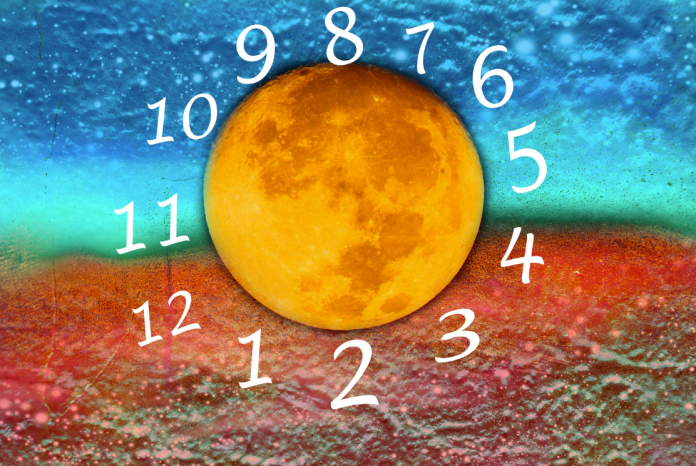
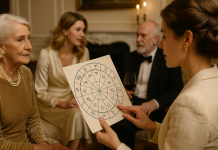
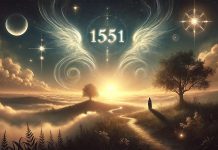
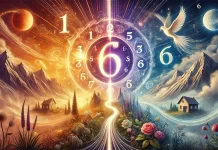
I appreciate the detailed descriptions and explanations of each full moon’s symbolism. Understanding these lunar events can provide a meaningful way to mark time and reflect on our personal journeys throughout the year.
What a fascinating article! The way that each full moon carries its own unique significance and history is truly enlightening. It’s amazing how these celestial events have guided agricultural practices and spiritual growth across cultures and time. The symbolic meanings attached to each moon, from the Wolf Moon’s heralding of new beginnings to the Cold Moon’s call for reflection, provide a beautiful tapestry of nature’s cycles and our own personal journeys. Thank you for this enriching read!
The historical and cultural contexts surrounding the full moons are a remarkable aspect of this article. It would be interesting to delve deeper into how different cultures have interpreted these celestial events over time.
I agree, Con and Frodo. Examining the diverse cultural narratives could reveal how interconnected and yet distinct human experiences with nature truly are.
Indeed, exploring the variations in lunar interpretations across cultures could add an enriching layer to this knowledge. Different societies often have unique stories and rituals tied to the same natural phenomena.
The cyclic nature of the full moons provides a consistent opportunity for reflection and renewal. This perspective can be quite beneficial in navigating both the daily grind and the broader arcs of personal development.
It’s impressive how each full moon has a unique name and serves as a guide for different aspects of life, from agricultural practices to personal growth. This rich tapestry of celestial folklore is a testament to human ingenuity and observation.
The article provides a fascinating overview of the cultural and practical significance of the different full moons throughout the year. Not only does it highlight how various indigenous tribes and farmers use the lunar calendar to guide their activities, but it also offers a spiritual dimension that can be quite enriching. Understanding the symbolic meanings behind each moon can offer a deeper connection to nature and the cyclical patterns of life. For instance, the Harvest Moon’s emphasis on forgiveness and gratitude provides a compelling reminder to reflect on personal growth and relationships.
The article provides an insightful overview of the various full moons and their traditional significance. The cultural and spiritual implications tied to each moon are fascinating and reflect the deep connection between humans and nature.
Comments are closed.